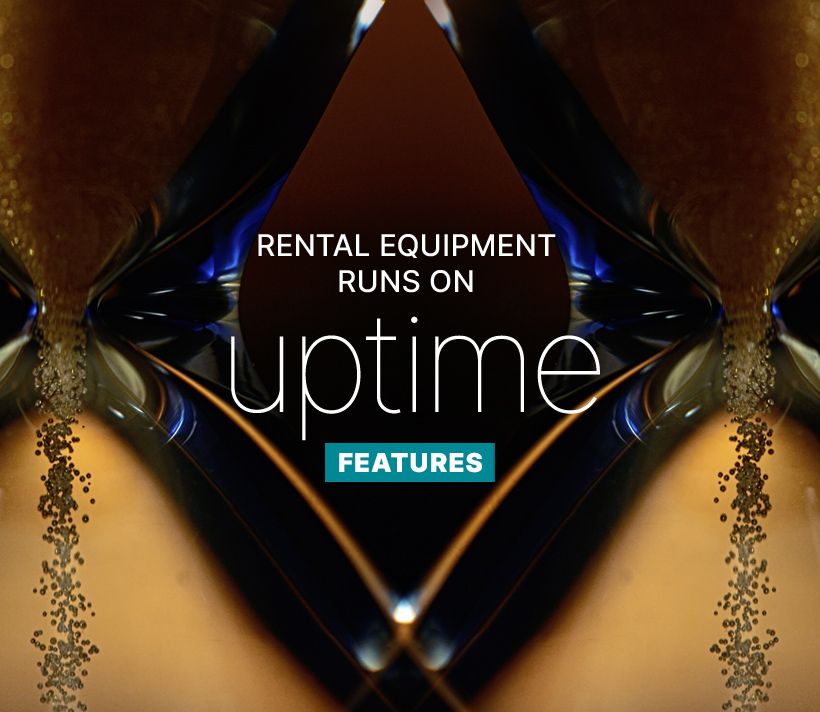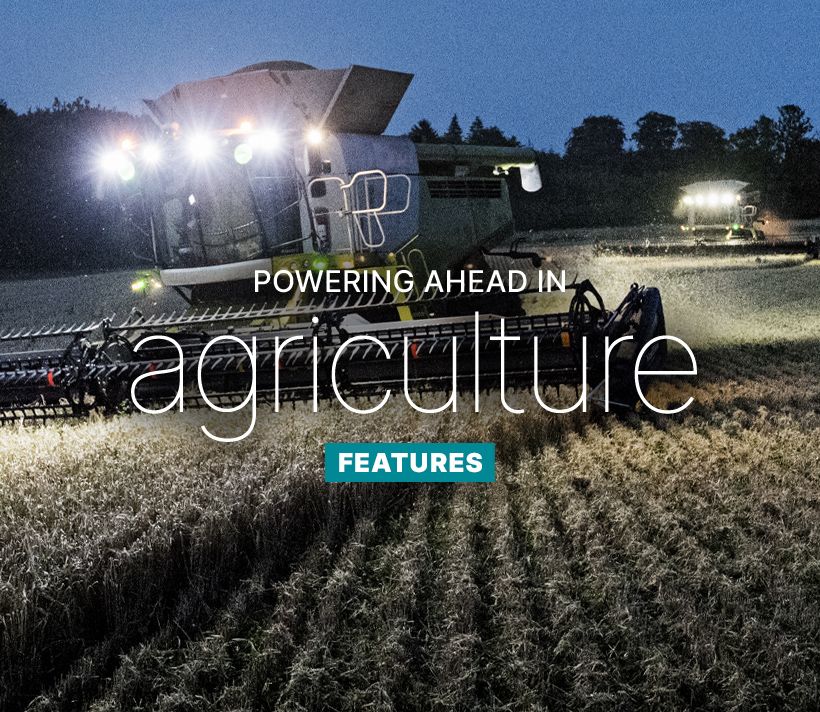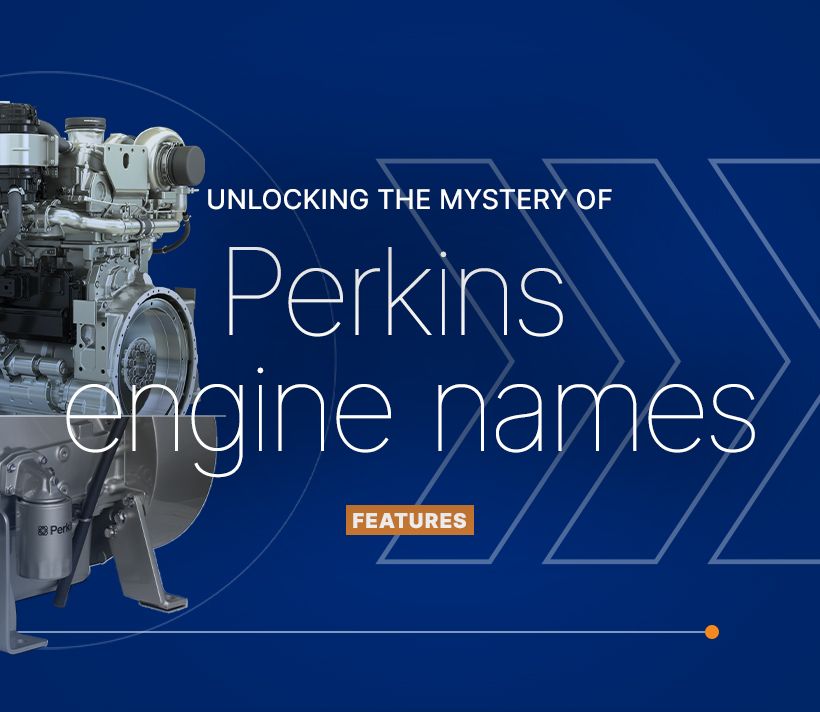Manufacturers of machine handling equipment are increasingly integrating downsized engines to cut emissions and costs. But what’s behind this trend for reducing engine capacity — and what benefits does it bring to those investing in next-generation machines?
For businesses carrying out material handling operations indoors, choosing the right equipment to power their supply chain is tough and time-consuming. Stringent and complex emissions standards, coupled with the impact of a global pandemic, complicate the decision-making process significantly.
In this fast-moving industry, one major driving force for upgrading equipment is the need to reduce the environmental impact of machines, such as forklifts, carts and conveyors.
According to a recent MDPI study1, 10 percent of the globe’s CO2 emissions derive from logistical supply chains, and energy consumption from material handling machinery and processes in warehouses is a key contributor.
In response, policy makers have progressively tightened limits on carbon, nitrogen oxide and particle emissions. Globally, the EU Stage V and U.S. EPA Tier 4 Final standards are among the most stringent standards set for material handling machines, which has contributed to improved air quality for more than a million warehouse workers around the world.
Other nations are also quickly introducing new emission standards. China will implement China Nonroad Stage IV standards beginning December 1, 2022 for engines below 560 kW, and in Brazil, MAR-1 standards have covered all machines from 19 kW upwards since January 2019.
This global mission to reduce emissions has made it imperative for manufacturers of diesel engines, like Perkins, and the equipment manufacturers who integrate them, to significantly reduce the environmental impact of exhaust emissions. It has an impact on businesses looking to invest in new machines, too. Rather than simply sourcing machines that provide a competitive advantage, they also need to ensure they meet complex environmental standards.
In the current economic conditions, it may seem counter-intuitive to invest in greener equipment for your warehouse. But with many online operations distributing from huge, mega-warehouses – where every cost and environmental benefit is dramatically multiplied – this will be a growing market.
Consequently, many global businesses, are modernising their forklift fleets to improve environmental sustainability. Moreover, by adopting advanced technologies, they’re cutting their operating costs, improving supply management and accelerating delivery times.
The need to stay ahead of the curve on emissions is backed up by market analysis carried out by OEM Off-Highway2. They said: “Surviving the current situation and emerging stronger than before this crisis will require new thinking and strategies. The speed and flexibility in adopting new standards and operations differentiate winners from losers.” Therefore, making logistics fleets more sustainable could provide just the competitive advantage businesses need.
One trend that has risen from fast-moving environmental and economic conditions is a growth in popularity for downsized engines. This is the practice of using lower displacement volume engines, without sacrificing on power.
Leading engine manufacturers, in collaboration with equipment manufacturers, have been continually driving downsizing forward; seeing it not only as a way to reduce emissions, but to keep customers’ logistics costs down by reducing spend on fuelling, operating, servicing and maintenance.
When engineered meticulously, downsized engines give machine manufacturers improved performance and fuel economy, while meeting the latest emissions standards.
The work that engine manufacturers like Perkins have done to improve engine power, while reducing capacity, enables machine manufacturers to select smaller engines.
Benefits for the machine manufacturer include a lower initial acquisition cost and reduction in the overall package size, which allows greater freedom of machine design. For the end customer, they acquire machines that are more compact, quiet and in many cases more powerful – and which drive productivity and savings on the job.
Some engine manufacturers, like Perkins, extend their focus beyond power, striving to ensure downsized engines deliver on start-up, torque, ambient conditions such as altitude and temperature, and response — so even if customers downsize, they can be confident their machines will be fully responsive.
The hybridisation and electrification of equipment appears likely to further the trend for downsizing. In fact, hybridisation technology offers more opportunities for machine manufacturers to use downsized engines, because electrification and other advanced technologies can supplement power requirements. This presents opportunities to further optimise engine performance and increase the efficiency of material handling machines.
Share this story and get involved in the conversation on social media #Powernews
Perkins’ collaboration with Trackunit, delivering real-time insights to customers, increasing productivity in the field.
Read moreFor industrial equipment rental, excellent technical support and parts availability is a necessity.
Read moreTo mark Agritechnica's 'Celebrate Farming Day', Powernews spoke to Andy Curtis, Customer Solutions Director at Perkins.
Read moreHave you ever looked at the name of a Perkins engine and wondered what all those numbers and letters actually mean? If so, you’re certainly not alone. But rest assured the nomenclature is anything but random.
Read more



